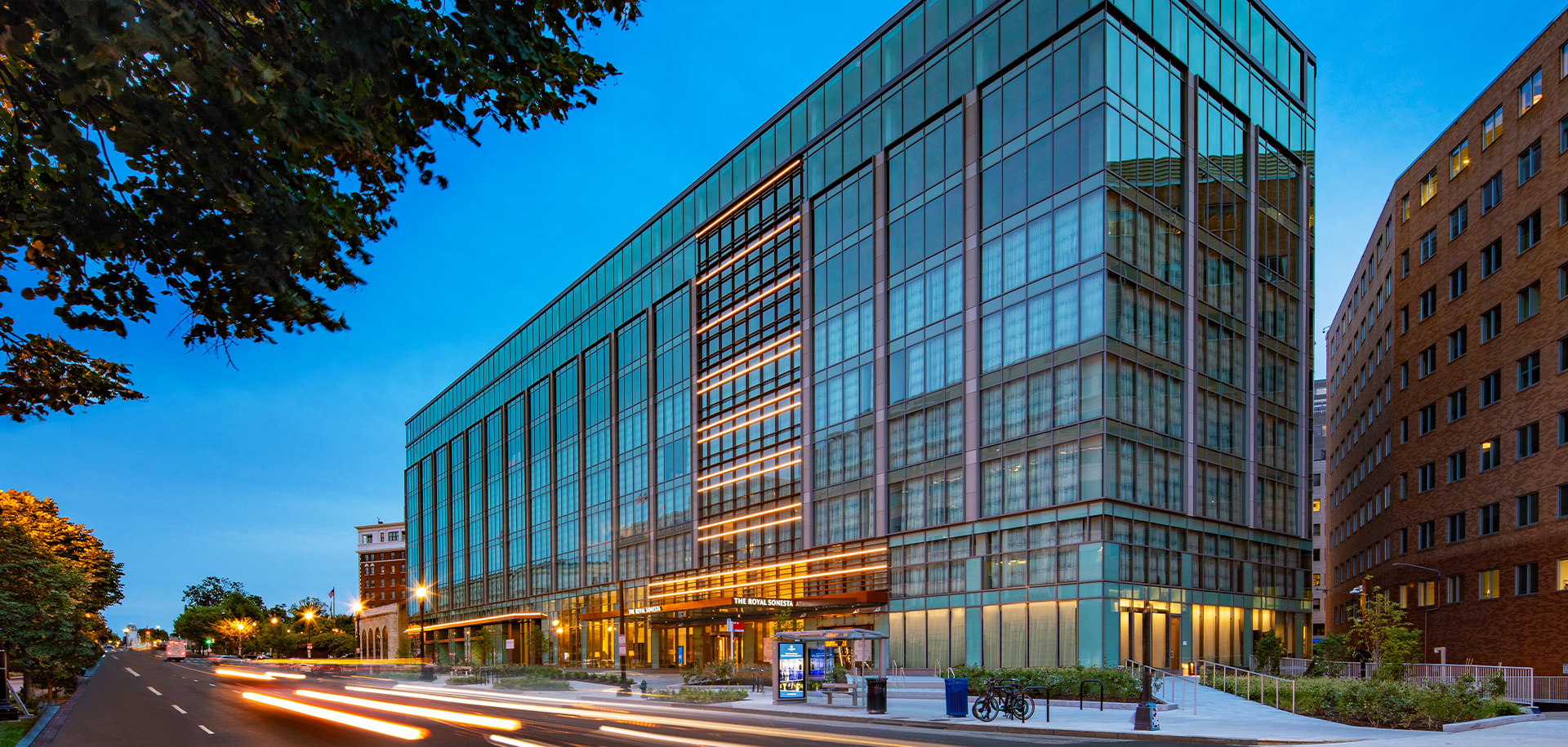Midscale hotels, according to the Texas Hotel & Lodging Association’s definition, are generally categorized as under 140 rooms with limited service, and are innovating ways to compete with higher-end lodging while still enticing value-driven travelers no longer willing to sacrifice service or amenities for a lower price. Mid-market or “premium economy” hotels squarely fit with the growing demands and desires of travelers wanting more comfort and amenities without extravagant cost.
In its “U.S. Select-Service and Extended-Stay Hotel Trends and Outlook 2024 Report,” JLL noted that the evolution of these segments is fueled by a growing consumer demand base and increased geological distribution, including primary, urban and resort locations. Roundtable panelists first discussed factors driving growth in the current development landscape.
GROWTH FACTORS
“Size matters. Space matters. Value for money matters,” said Brian Quinn, Sonesta’s chief development officer. “And the margins in that [premium economy and extended-stay] business are incredible. When you see the value proposition for the consumer and the operator come together like that, you’re going to have a great experience. The operator and the owner are happy because the returns are great, and when returns are good, you provide good service, and the guests enjoy that space because they need the extra room.”
“Premium economy is kind of a new term to me,” acknowledged Will Watson, CEO of Artemis Hotel Group. “But it is a unique kind of segment and I think the reason why there’s going to be some pickup… is because there’s a gap in rate that was roughly $90, and we’re able to come in anywhere from $105 to $125,” he continued. “So what that does is creates kind of a yield on costs, then you’ve got an investment model… It’s one of the last segments in the hospitality industry where you can build new cash flow.”
“I think what’s driving that capital also is the demand of the consumer for such a segment,” John Rubino, president/COO of GF Hotels & Resorts said. “What happened to us pre-pandemic was people were going to Airbnb [to] rent bigger places. Then we started to fill that need with extended-stay. I think we’ve gotten people accustomed to these bigger rooms now. Also it’s gone beyond that; now [guests] want bigger rooms but they want places to go to in the lobby. Extended-stay is giving you that space to work in the lobby and hang out. The consumer wants more, so it’s created a demand, which is giving investors the opportunity to capture that.”
“If you want to make a decision on a simple [question]—‘how do I want to invest my money in the hospitality business?’—if return on the business is important to you, extended-stay has to be one of your choices,” advised Doug Artusio, Dellisart chairman and CEO/founder of the Extended Stay Lodging Association.
By 2024, hotel room night demand is forecasted to reach a historic high of 1.0 billion, surpassing the long-term average from 2001 by 18 percent, noted JLL’s report. “With the sector poised for further long-term growth, expect investment appetite to accelerate in 2024,” the report stated.
What drives growth on Sonesta’s end is “our fees, our flexibility, and then how fast we can move on it,” explained Jason Yarbrough, SVP America and Canada Sonesta Select Brands. “Premium economy is an attractive option for people to get into the business. It just fits a good niche. You can pick up these hotel/motels, drive-throughs, and reposition them to nice, fun, friendly, flexible spaces and tap in that market. We see huge growth in that.”
Exceptional Hospitality VP of Operations Kataki Patel acknowledged the growth potential while also calling attention to the “amenity creep” that she sees happening in these niche segments. “The expectation of the guests has increased. Unfortunately, as a developer, what this means is that our cash flow gets hit. Extended-stays are great and they are making headway and there is a lot of demand for it. But there are expenses associated with it, especially with the high cost of labor. As a developer, my concern is the cash flow, [and whether] the return on investment is there.”
“On the flip side of that, with being a franchise company, we’re owners as well. If it doesn’t help the bottom line, we’re not going to roll it out to our franchisees,” Yarbrough added.
STANDING OUT IN THE CROWD
“We are not looking at fixed rates anymore,” Patel speculated. “We have gone into a market that’s almost like an airline market,” she noted, saying that prices can change depending on the day you book or the market you’re looking at. “On any given day, you are expected to pay anything between $70 and up for any brand. Now what actually matters I find is not the flag itself and the brand, but the service. If you have a fantastic flag but you don’t have the service and you don’t have that value proposition behind it, you’re going to sink.”
Rubino agreed, saying that when guests come to premium economy and extended-stay hotels, “you’re expecting to be recognized as a repeat guest or, if you’re there for a long period of time, you want to be recognized by more than the desk clerk. It’s the breakfast host, the social person, the room attendant. We’re human creatures that crave social interaction, for the most part, and I think you expect your needs to be met and you expect to experience hospitality.”
Patel posited that the basics of a hotel stay have been redefined over time, and especially in recent years. “Twenty years ago, we would never have thought about free Wi-Fi… or complimentary breakfast; now that is expected. That is considered a basic.” A stay is now value-driven, she said, and many guests are looking for what’s it in for them. “They don’t necessarily want the full-service. But at the same time, they don’t want basic economy.”
Are people selecting hotels based on amenities and services over price? Patel said yes. “Sometimes the convenience of having the breakfast already down there for you makes a big difference.”
OPERATIONAL SUCCESS
Speaking of amenity creep, “the brands have done a good job of grooming everybody in our industry give everything away,” Watson said. “There [are] only six brands that have outpaced inflation. So they’re adding in more amenities, and it’s just an attack on the average P&L. I see a lot of these amenities as really a deterrent to many owners on what you’re going to build and what you’re looking for, especially in the extended-stay space.”
Artusio cautioned that you can’t rely on the brands to bring you all your business, “or you’ll fail,” he said. “You need a solid sales effort in extended-stay.”
Optimizing operational efficiency and cost effectiveness is critical, and Rubino said that revenue management is really the key to operational success in these segments. “The ESOP—the extended stay occupancy— is really important,” he said. “If you can maximize your rates during the right time, you can bring in that revenue to the bottom line where you need to, but also focusing getting the right number, the right length of stay—whether it’s one [night] to seven— and then you really have to control your inventory to be able to keep room for these really long-term guests. They might pay a little bit of a lower rate, but they fill some of your need nights, and then that helps your operational expenses.”
SOURCE: Hospitality Management

